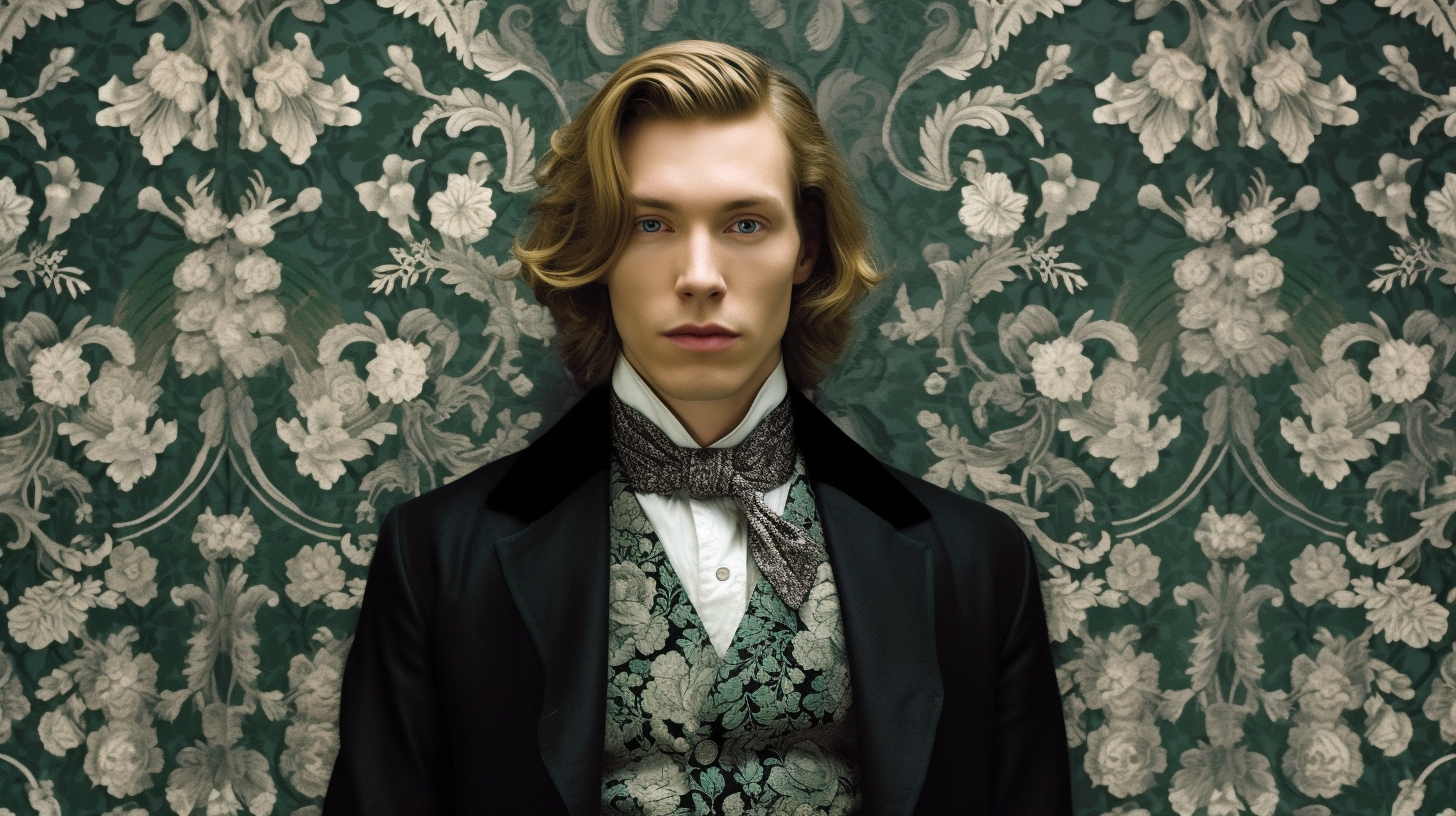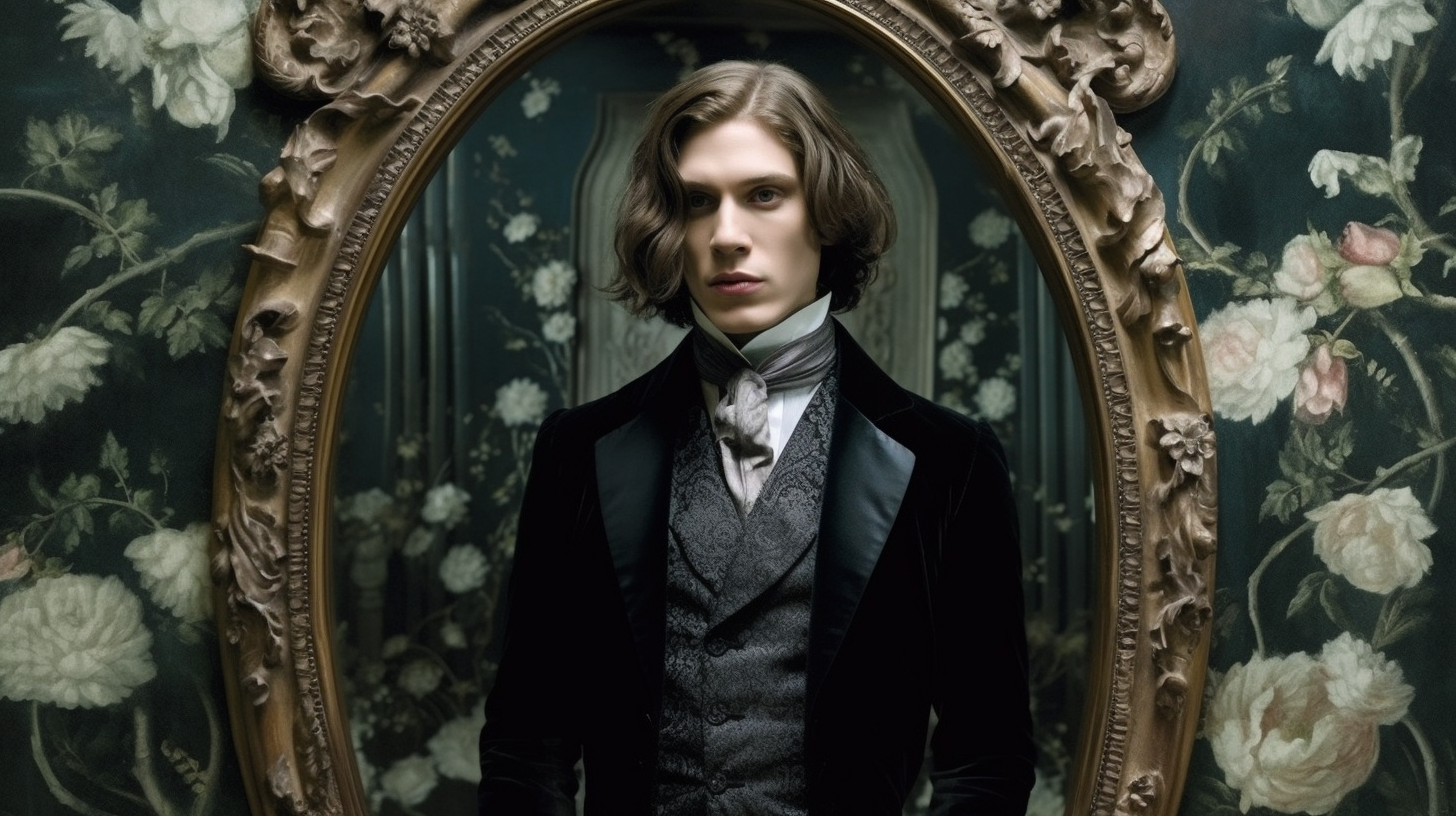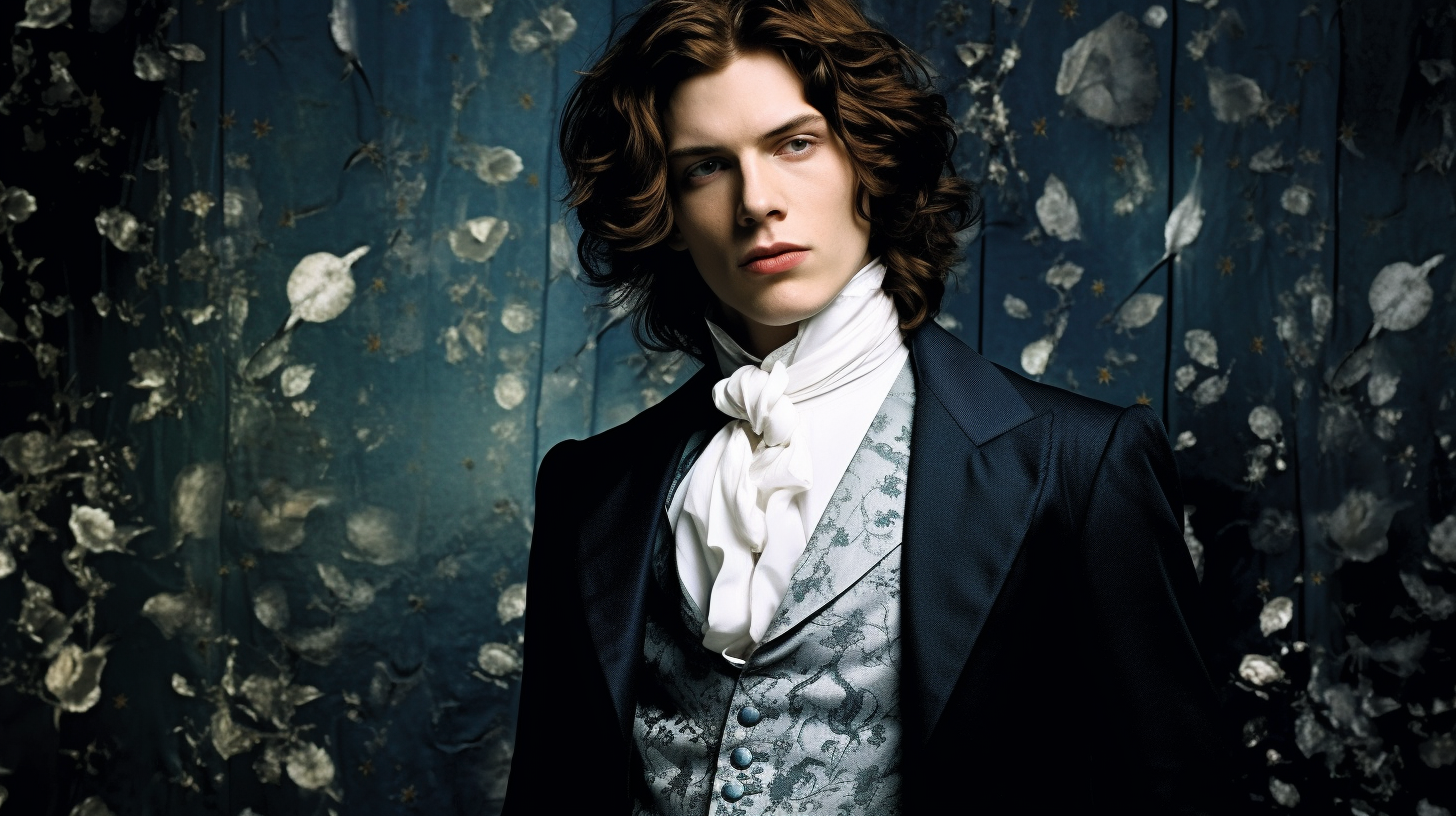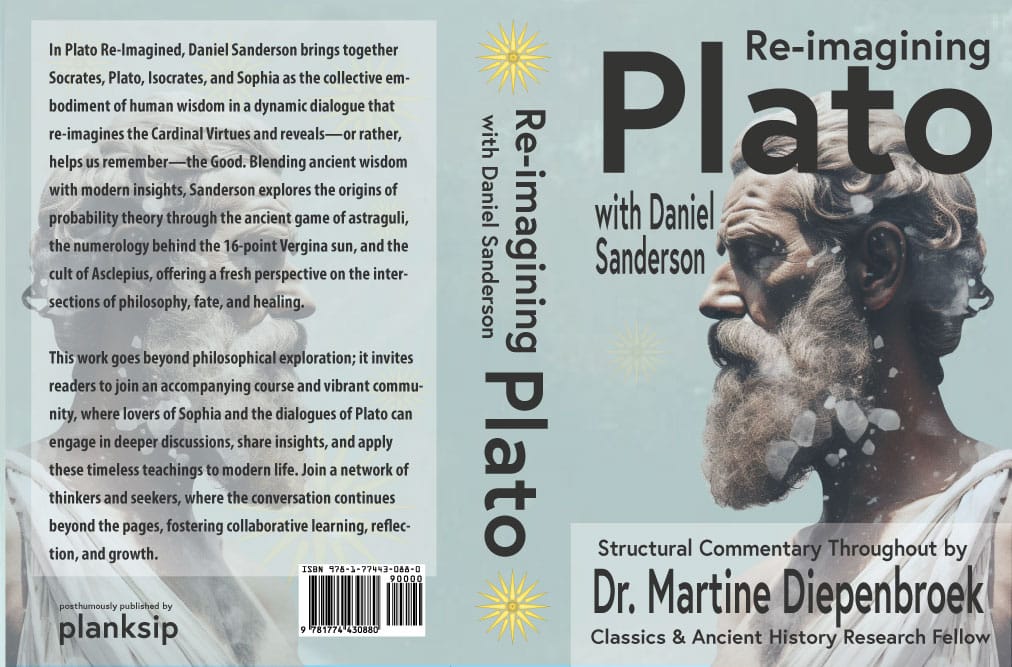The Moral Conundrums in Oscar Wilde's 'The Picture of Dorian Gray'
Within the intricate narrative tapestry of Oscar Wilde's well-known work, "The Picture of Dorian Gray," we encounter many moral problems that reverberate with intellectual significance. Wilde, a masterful wordsmith, deftly constructs a tale that delves into the depths of the human psyche, laying bare the intricate complexities that arise when confronted with the eternal struggle between virtue and vice.

In this profound exploration, Wilde presents us with the enigmatic character of Dorian Gray, a figure of mesmerizing beauty whose allure captivates both reader and protagonist alike. The eponymous portrait, serving as a mirror of the soul, becomes the locus of a profound moral dilemma. As time's unyielding hand ages, Dorian's outward appearance, the portrait, untouched by such ravages, bears the brunt of his inner transgressions. It serves as a visual testament to the relentless erosion of his moral compass, a vivid reflection of the sins he willingly embraces in his pursuit of hedonistic pleasures.

Wilde expertly intertwines art and morality, creating a narrative web wherein the boundaries between beauty and corruption become blurred. Dorian's insatiable appetite for aesthetic gratification leads him down a treacherous path wherein he relinquishes his conscience and surrenders to the seductive allure of youth and eternal charm. Yet Wilde subtly reminds us of the inescapable consequences of such unchecked indulgence as the portrait metamorphoses into a grotesque testament to his transgressions.
"The Picture of Dorian Gray" challenges us to question the price of eternal youth and the weight of our moral choices. Wilde, with his characteristic wit and insight, prompts us to ponder the nature of our existence and the boundaries we traverse in our quest for self-fulfillment. In the intricate tapestry of Wilde's prose, we encounter the profound interplay between the visible and the concealed, between the portrait we present to the world and the true essence that lies beneath.

Our take: Oscar Wilde's "The Picture of Dorian Gray" stands as a literary testament to the eternal struggle between morality and the pursuit of pleasure. Through the lens of Dorian's self-inflicted descent, Wilde invites us to reflect upon the consequences of unchecked desires and the burden of our hidden transgressions. The painting demonstrates Dorian's deteriorating soul and is a haunting reminder of the inescapable connection between our actions and their repercussions. As we immerse ourselves in the mysterious world crafted by Wilde, we are compelled to examine the very essence of our humanity and, perhaps in doing so, to contemplate the concept of the Good (καλός). WithinWithin the moral problems that unfold on these pages, we find the potential for self-reflection and pursuing a more virtuous existence.

Plato Re-Imagined
This course offers 32 comprehensive lectures exploring most of Plato's dialogues. These lectures guide students toward a consilient understanding of the divine—a concept that harmonizes knowledge across disciplines and resonates with secular and religious leaders. As a bonus, Lecture #33 focuses on consilience, demonstrating how different fields of knowledge can converge to form a unified understanding.






